
In this blog, we recap our recent eBook, “The Clear Choice: Why Jama Connect Surpasses Codebeamer for Requirements Management and End-to-End Traceability.”
The Clear Choice: Why Jama Connect® Surpasses Codebeamer for Requirements Management and End-to-End Traceability
To adapt to increasing industry challenges and complexities, innovative organizations are now requiring best-in-class software to scale development, reduce risk, save time, and ensure compliance to quality, safety, and security regulations.
As organizations strive to deliver innovative products while navigating regulatory requirements, the tools they use for requirements management and traceability can make or break their success. This eBook is designed to help you understand the critical differences between Jama Connect and Codebeamer, two leading requirements management solutions, so you can make an informed decision.
The Requirements Sector
The landscape of requirements management has undergone significant transformation. Traditional tools (like IBM® DOORS®) which once dominated the market, are now considered outdated. These legacy systems often lack the flexibility, ease of use, and integration capabilities required by modern teams. As a result, organizations are turning to modern solutions like Jama Connect that are built to meet the needs of today’s dynamic development environments.
Why Jama Connect?
Jama Connect stands out as a leading requirements management solution because it is designed with the user in mind. Its modern, user-friendly interface, combined with powerful features like comprehensive traceability and real-time collaboration, ensures that teams can manage requirements and risks effectively throughout the product, systems, and software lifecycle. Jama Connect also emphasizes customer success, offering expert support and training to help teams maximize their investment. Ease of use, rapid deployment, pre-configured, well-documented industry frameworks, and in-house subject matter experts provide the fastest time-to-value/ROI without sacrificing quality or safety.
RELATED: See why users rank Jama Connect as the #1 requirements management tool on the market in the most recent G2 Report
The Clear Advantages of Jama Connect Over Codebeamer
If you’re comparing Jama Connect to Codebeamer, one thing is clear — Jama Connect is the only purpose-built requirements management platform that delivers Live Traceability™ which allows engineering and other teams toquickly and easily access the latest and most complete information for any requirement, no matter the stage of development or tools used. This real-time capability boosts productivity by ensuring teams work with the latest data and reduces risks like delays and defects by finding issues early. In addition, Jama Connect accelerates your product, systems, and software development by managing user needs and product information across the end-to-end development lifecycle.
Only Jama Connect Delivers Live Traceability™ Across Best-of-Breed Tools
Other vendors lock you into inferior platforms. Only Jama Connect seamlessly integrates with your tools-of-choice across engineering teams. And, only Jama Connect can manage the state of development across all integrated teams and tools. Jama Connect’s unique and industry-specific Traceability Information Models define the relationships and expected behavior across teams and tools.
Our customers consistently tell us that they chose Jama Connect over Codebeamer for the following reasons:
1. Ease of Use and High Adoptability
Jama Connect’s intuitive design and user-friendly interface make it easy for teams to adopt and use. Unlike Codebeamer, which can be complex and challenging for new users, Jama Connect ensures that teams can start managing requirements effectively with minimal training. Users insist on a requirements management and traceability solution that is easy to use so that both internal and external stakeholders can efficiently access, share, and review information in a single source of truth, increasing and speeding up the adoption across teams for a better ROI.
The ease of use is not only imperative for users but also for administrators. Jama Connect offers an intuitive and user-friendly administration interface that enables admins to adapt the tool to their organization’s needs without having to learn overcomplicated configuration settings and concepts.
2. Modern Integration and Collaboration Capabilities
Jama Connect provides comprehensive traceability and impact analysis, enabling teams to manage change effectively and reduce the risk of errors. The platform seamlessly integrates with other best-of-breed tools (including Jira and Azure DevOps) in the development ecosystem, ensuring that teams can work efficiently without having to change their other development tools. In contrast, Codebeamer focuses on working solely with other PTC tools and its own limited application lifecycle management (ALM) capabilities.
Modern product and software development requires optimal real-time collaboration between stakeholders. Jama Connect provides an enhanced collaboration experience with its communication streams and advanced Review Center, enabling both internal and external stakeholders with the capabilities to perform formal and iterative reviews.
RELATED: Traceable Agile™ – Speed AND Quality Are Possible for Software Factories in Safety-critical Industries
3. Intelligent Engineering Management
Jama Connect empowers Intelligent Engineering Management by addressing a critical challenge faced by engineering and product development organizations: the lack of real-time KPIs and metrics during development. This gap often leads to delays, budget overruns, and product defects or recalls. Jama Connect uniquely transforms traceability into a measurable instrument, enabling teams to track real-time metrics and KPIs throughout the product development process. By providing a comprehensive overview of project progress and aligning it with required processes, teams can identify gaps early, mitigate risks, and avoid missed requirements. With its Live Traceability™ and integrations with other best-in-breed engineering tools, Jama Connect ensures that both internal and external data are seamlessly managed, driving informed decision-making and on-time project delivery.
4. Strong Customer Support
We know that our customers need a support team that makes them a priority. That’s why Jama Connect offers unparalleled customer support (including 24/7 support for any production outages), with dedicated customer success teams that work closely with you to ensure you achieve your goals. In contrast, Codebeamer’s support can be limited, making it difficult for your teams to get the help they need when they need it.
5. Scalable and Flexible
Jama Connect is highly adaptable, making it suitable for a wide range of industries and project sizes. Whether your organization is in automotive, aerospace, medical devices, or another industry, Jama Connect can be tailored to meet your specific needs, often getting you up and running quickly with custom-built data frameworks to satisfy your industries regulations and best practices. Additionally, the platform offers flexible deployment options, including cloud and self-hosted, giving you the freedom to choose the best setup for your organization.
6. Fastest Time to Market/ROI
Deploy Jama Connect’s easy-to-use interface in weeks, not months, with easy updates and high performance. Preconfigured frameworks are built-in to satisfy industry regulations and help teams ease the path to compliance, along with in-house industry-focused subject-matter experts and exceptional customer support.
7. Lowest Total Cost of Ownership
With simple and straightforward administration and no need for custom scripting or continuous updating, Jama Connect has the lowest total cost of ownership in comparison to Codebeamer. Jama Connect scales easily without big infrastructure investment, and with unlimited no-cost access for extended internal/external stakeholders, all team members can be involved with additional costs.


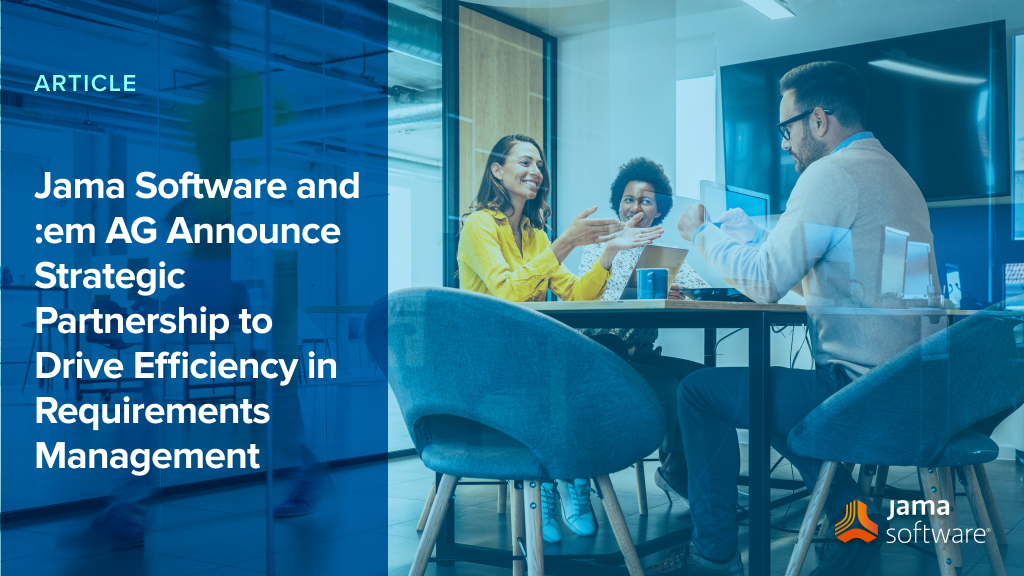
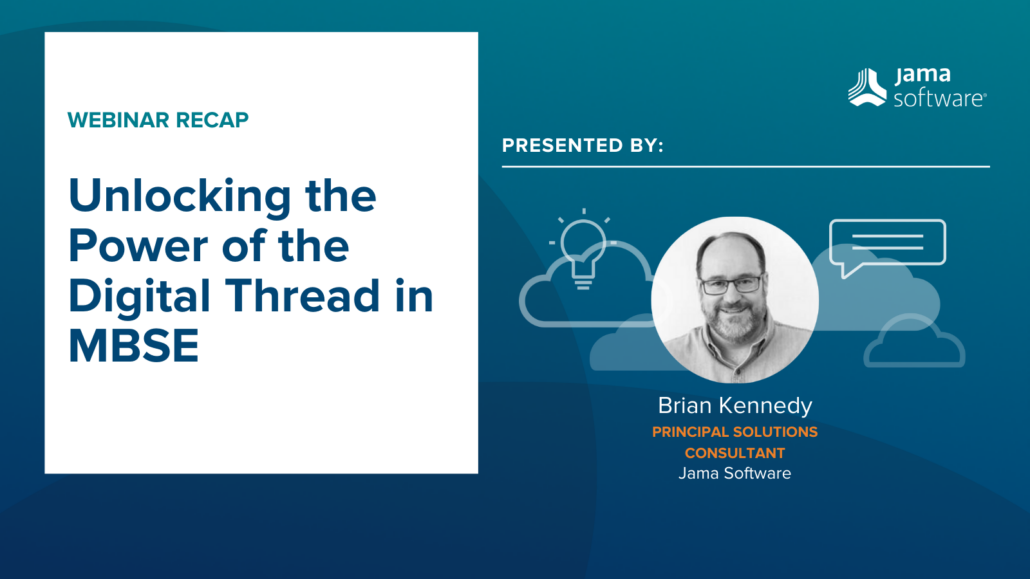


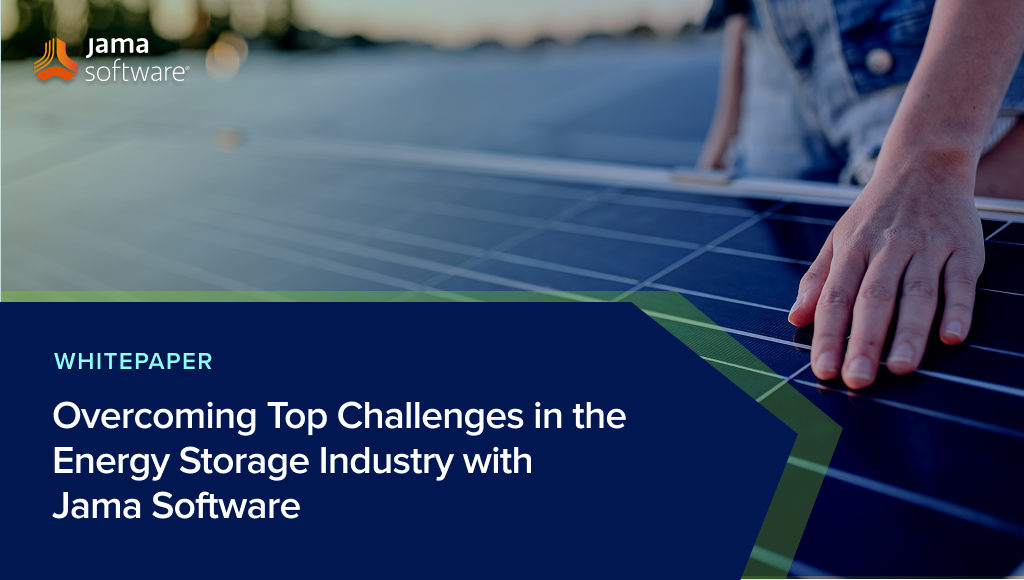

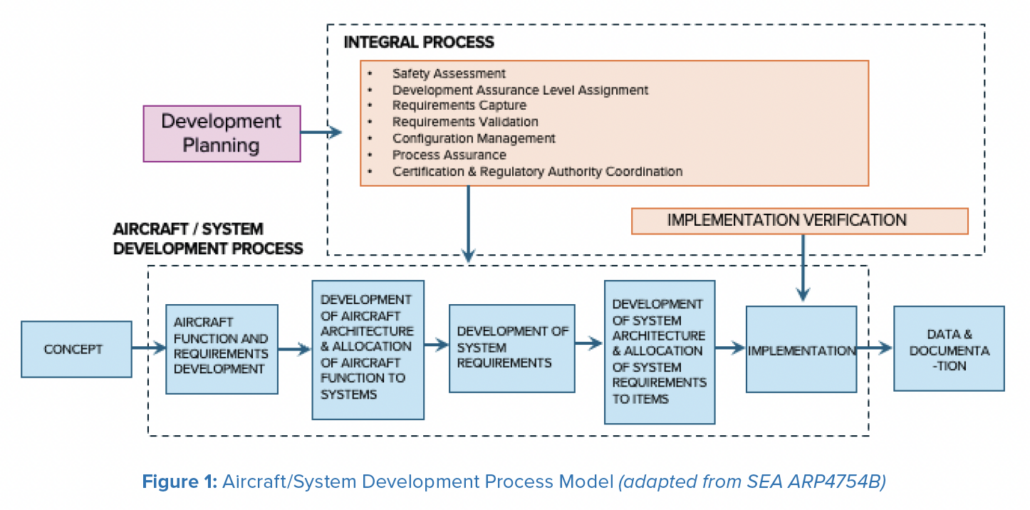


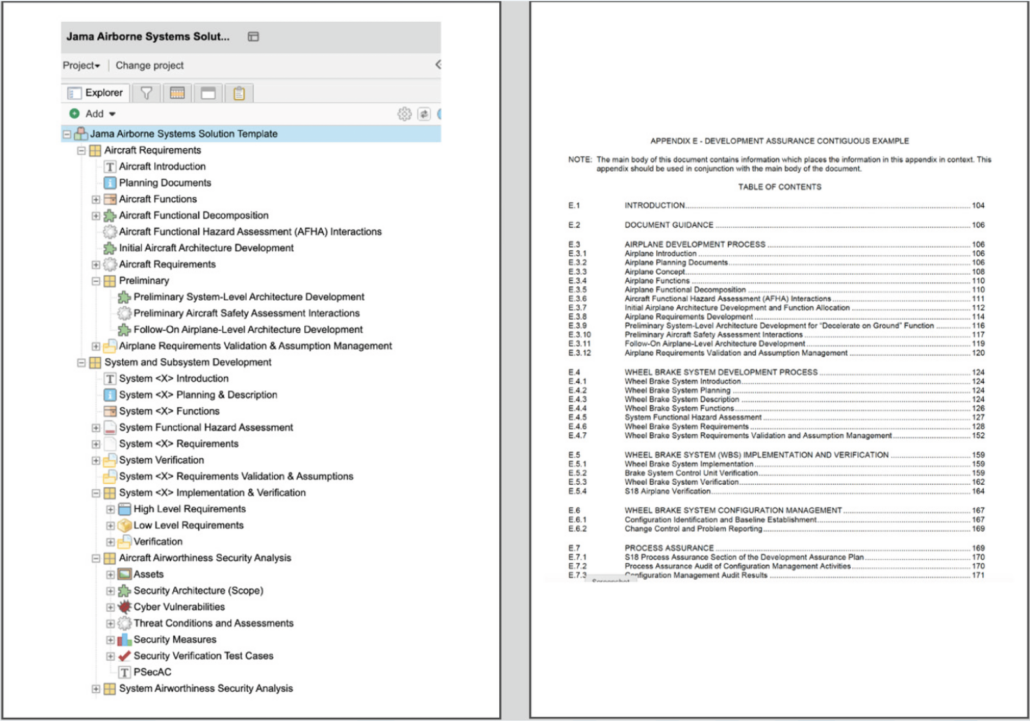
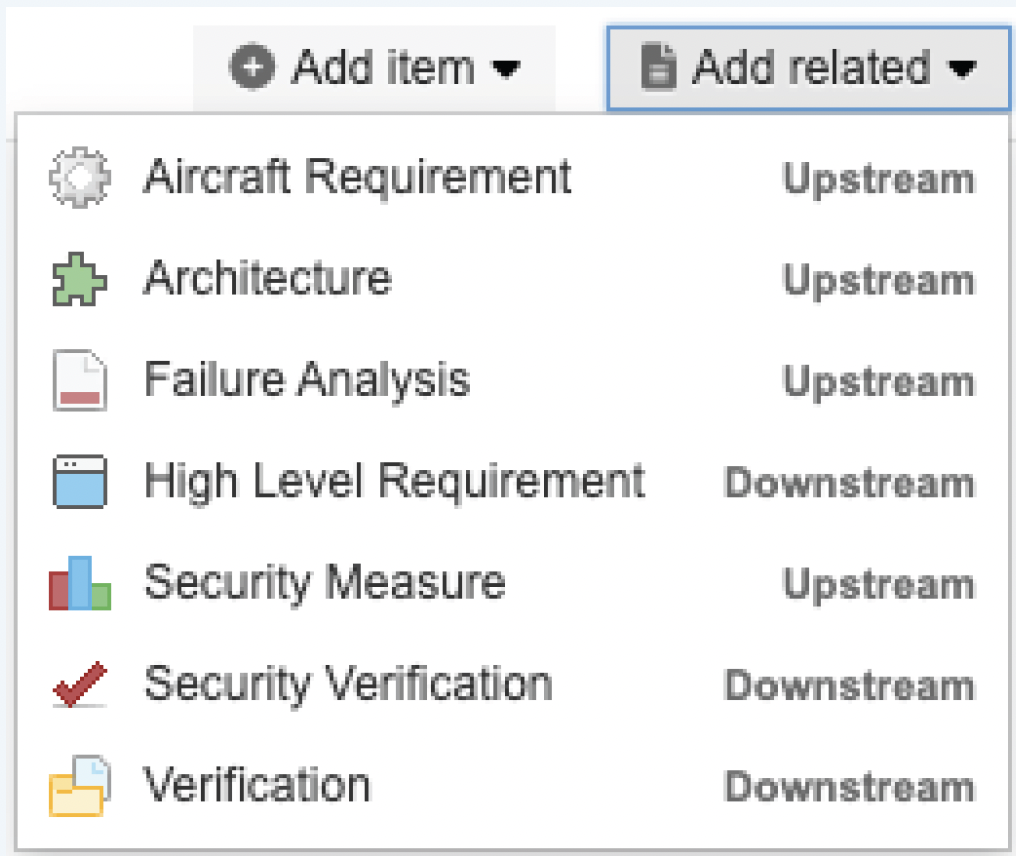

![[Webinar Recap] Transform Engineering Processes: Bridge Gaps Between Teams and Tools Effectively [Webinar Recap] Transform Engineering Processes: Bridge Gaps Between Teams and Tools Effectively](https://www.jamasoftware.com/media/2025/01/Transform-Engineering-Processes.png)